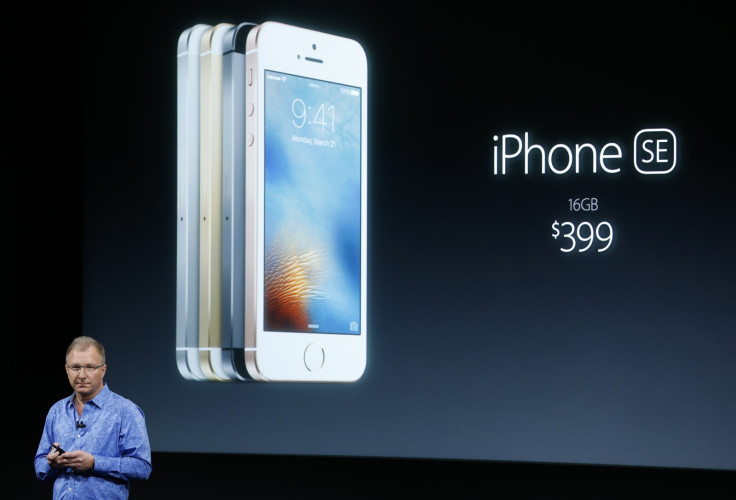Apple may not refresh iPhone SE in March 2017, says analyst
Kuo predicts Apple might ship 40-50 million iPhone units in the current quarter.

Apple is unlikely to release an upgrade to the iPhone SE in March 2017, suggests a new report. The 4in iPhone was launched in March this year targeting the consumers who wanted to have a compact handset to comfortably fit in their hands.
In his latest release note to the investor, KGI Securities analyst Ming-Chi Kuo said Apple will not refresh the Special Edition iPhone model and will extend its lifecycle beyond the usual one year period for an iPhone. The Company's latest move is to boost the sales its premium devices like the iPhone 7.
The company's latest move is to boost sales of its premium devices, such as the new iPhone 7.
Kuo noted a next-gen iPhone SE model is unlikely to see a launch in the second fiscal quarter of 2017, ending in March. This means a new model might come later next year.
A copy of the release note was obtained by Apple Insider, which states Apple's decision not to refresh the iPhone SE is to increase the gross margin guidance for the current fiscal quarter of 2017.
During its last quarter earning call the company said it expects the gross margin between 38% and 38.5% for the three months period ending in December.
According to data shared by technology analytics company Kantar iPhone SE was the UK's most popular smartphone in the second quarter of 2016, outselling iPhone 6S and Galaxy S7.
Along with delaying the launch of iPhone SE, Apple is taking other steps to improve its revenue growth. The company has been putting pressure on manufacturers to reduce prices, in an effort to reduce supply chain costs.
Apple's major supplier such as Samsung and TSMC are unlikely to get affected with this, whereas smaller manufacturers might see price cuts in November and December.
Samsung might raise prices for 3GB DRAM and 3D NAND flash, basically due to its short supply.
Kuo further predicts Apple could ship between 40 million and 50 million iPhone units in the current quarter, marking a year-over-year drop from 51.2 million units. He expects iPhone shipment could reach 35 million to 40 million units in the second quarter of 2017, down from 40.4 million units around the same period last year.
© Copyright IBTimes 2024. All rights reserved.





